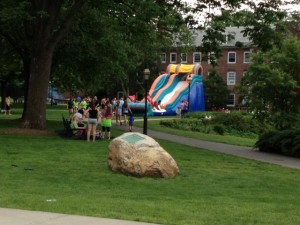
I could not help but notice (as I took my familiar walk across the quad to my office on this final Saturday of classes) the transformation that has taken place in that space over the past 18 hours.
The fun and play of our annual Willy Gras afternoon—a true community event where young faculty children enjoy the games alongside our students—has given way to the seriousness of purpose as parent and student volunteers prepare Reed for our third Red Cross Blood Drive of the year.
With exemplary student leadership from two young men in the Class of 2012,
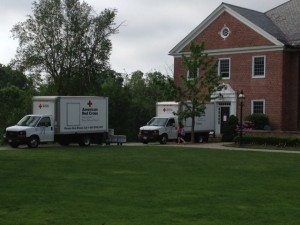
It seems only fitting to me that for a school where involvement, leadership, and service are so central to our lives, that many seniors will be giving of themselves, one last time, before they take the next big step of their lives on June 2 at the school’s 171st Commencement.
Ed. note: There were 82 donations at the blood drive, which means that the contributions will help as many as 246 people. Special thanks to seniors Adrian Mendoza and Alex Nunnelly, and director of student activities Mr. Spearing.


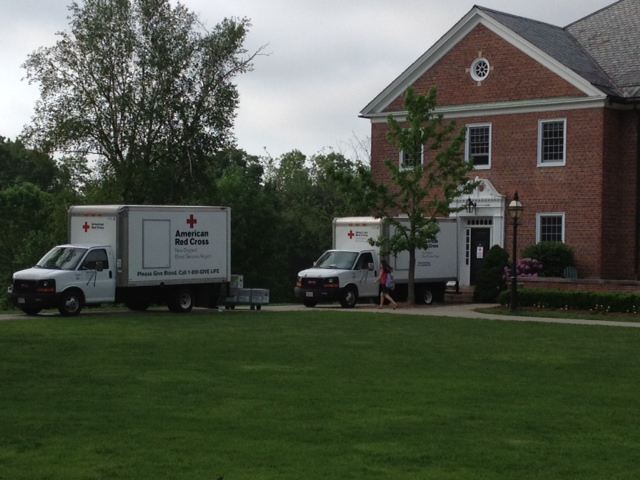
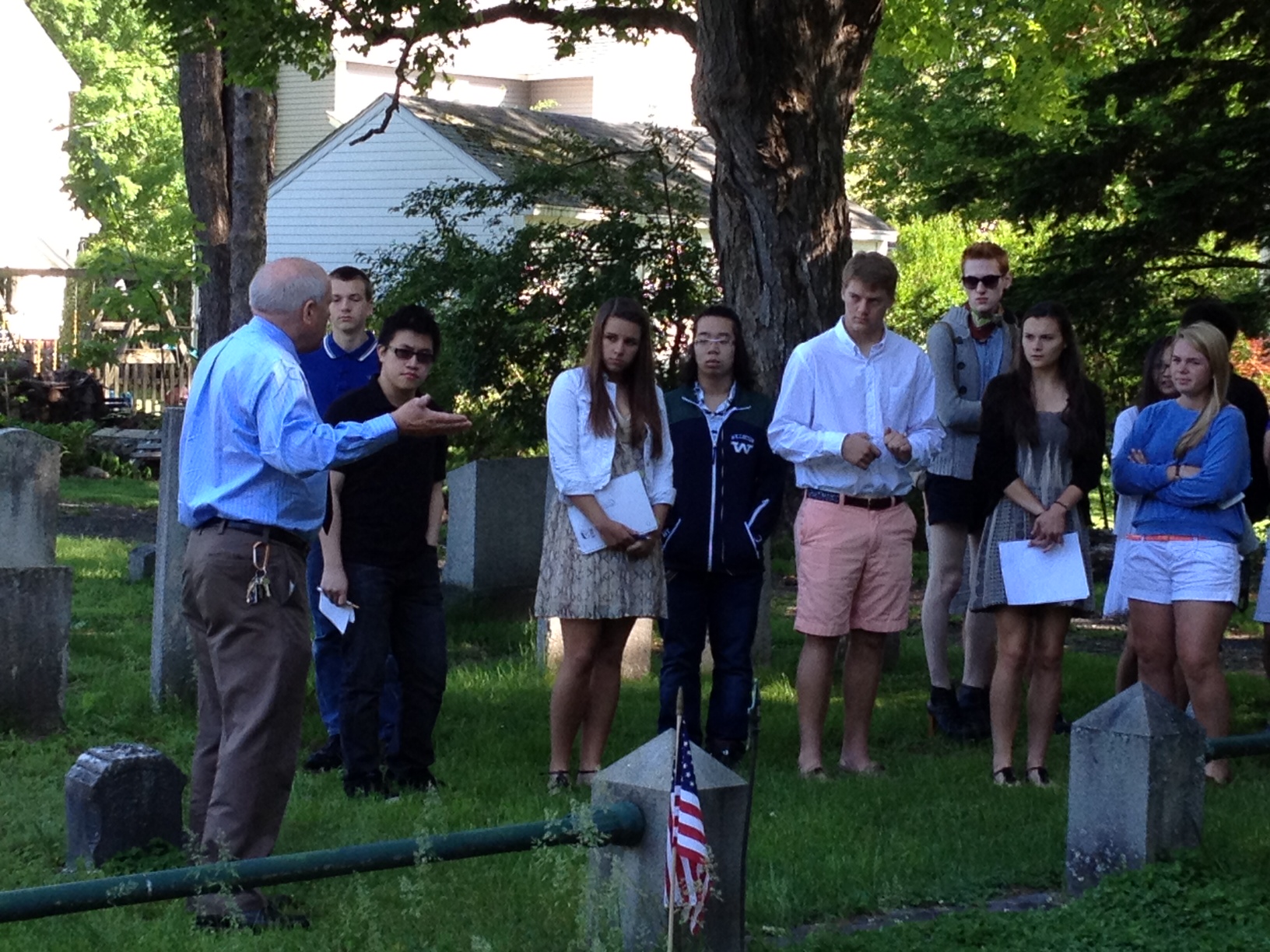
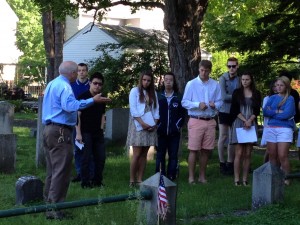
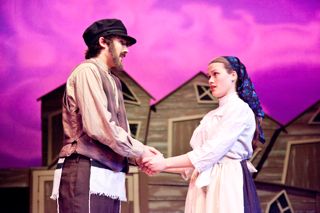
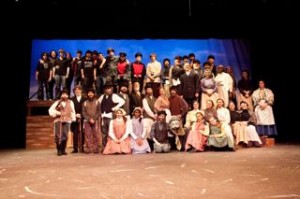
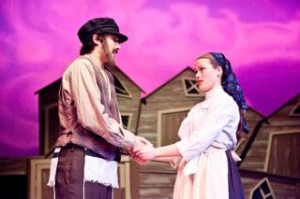
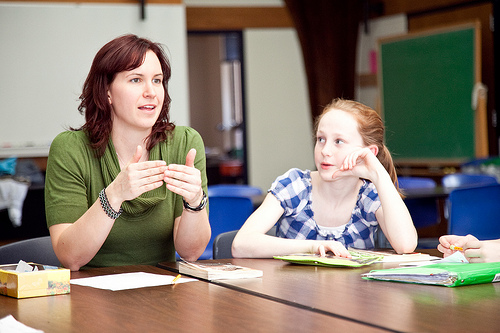
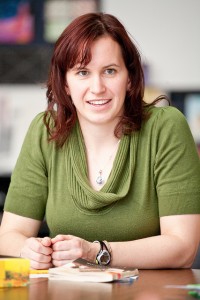
 We all need to be learners in the virtual classroom. Dr. Sameer Hinduja educated Williston students on Tuesday (and a gathering of parents the evening before) about the clear and present dangers of teenage use of social media.
We all need to be learners in the virtual classroom. Dr. Sameer Hinduja educated Williston students on Tuesday (and a gathering of parents the evening before) about the clear and present dangers of teenage use of social media.